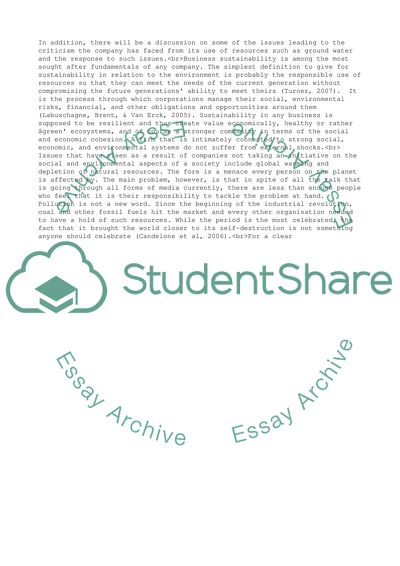Cite this document
(Sustainable organizations Essay Example | Topics and Well Written Essays - 2000 words, n.d.)
Sustainable organizations Essay Example | Topics and Well Written Essays - 2000 words. https://studentshare.org/management/1856211-sustainable-organizations
Sustainable organizations Essay Example | Topics and Well Written Essays - 2000 words. https://studentshare.org/management/1856211-sustainable-organizations
(Sustainable Organizations Essay Example | Topics and Well Written Essays - 2000 Words)
Sustainable Organizations Essay Example | Topics and Well Written Essays - 2000 Words. https://studentshare.org/management/1856211-sustainable-organizations.
Sustainable Organizations Essay Example | Topics and Well Written Essays - 2000 Words. https://studentshare.org/management/1856211-sustainable-organizations.
“Sustainable Organizations Essay Example | Topics and Well Written Essays - 2000 Words”. https://studentshare.org/management/1856211-sustainable-organizations.


